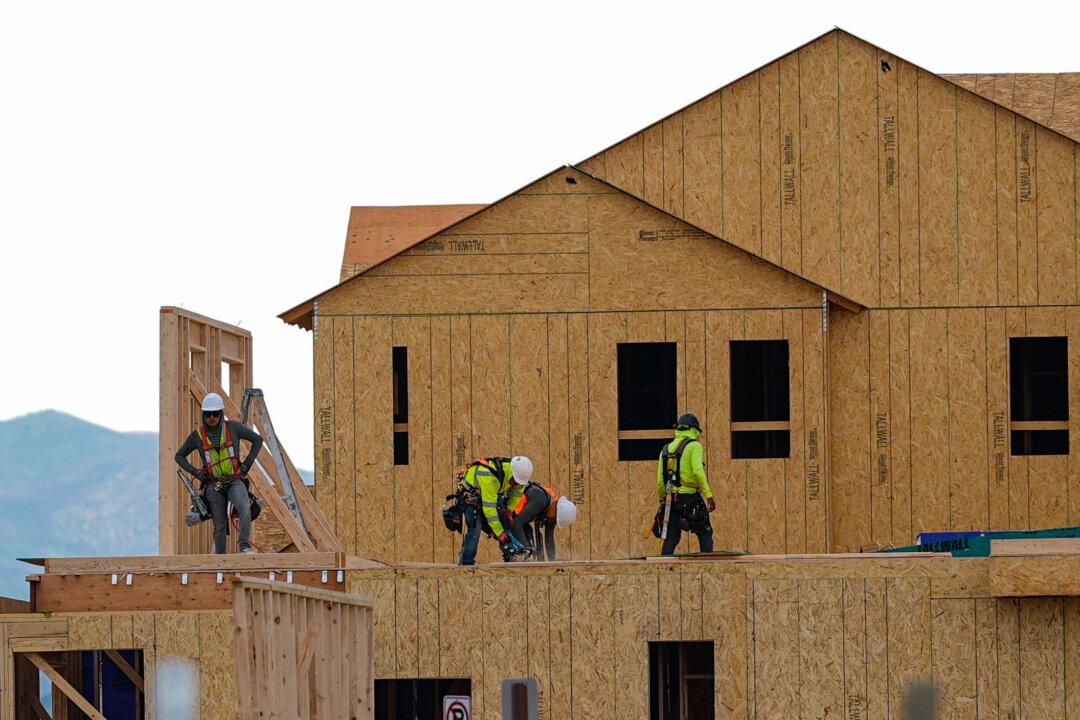The Keystone oil pipeline was shut down Tuesday morning following a rupture in North Dakota, interrupting the transport of crude oil from Canada to U.S. refineries.
Pipeline operator South Bow said it shut down the system just before 8 a.m. on April 8 after its control center detected a sudden drop in pressure. The Canadian-based company confirmed the oil spill has been contained to a nearby agricultural field. The nearest town to the site is Fort Bend, North Dakota.
“The affected segment has been isolated, and operations and containment resources have been mobilized to site,” a company spokesperson told The Epoch Times in an emailed statement. “Our primary focus right now is the safety of onsite personnel and mitigating risk to the environment.”
An employee working near Fort Ransom reportedly heard a “mechanical bang” and initiated an emergency shutdown within two minutes, state officials said. Bill Suess, spill investigation program manager for the North Dakota Department of Environmental Quality, said a “fairly good volume” of oil leaked before the pipeline was halted, though he noted the spill is not expected to be “that huge” compared to previous incidents. One of the largest past spills from the same pipeline occurred in Walsh County, North Dakota, several years ago.
The Epoch Times has reached out to the North Dakota Department of Environmental Quality for additional details on the ongoing response and cleanup efforts.
Completed in 2010 at a cost of $5.2 billion, the Keystone pipeline transports crude oil from Canada through several U.S. states—including North Dakota, South Dakota, Nebraska, Kansas, and Missouri—to refineries in Illinois and Oklahoma. Originally built by TC Energy, the pipeline has been managed by South Bow since 2024.
An expansion project known as Keystone XL was proposed to carry up to 830,000 barrels of crude oil per day from Alberta’s oil sands to Nebraska, providing a direct route to Gulf Coast refineries. However, the project faced fierce opposition from environmental groups, Native American tribes, and U.S. landowners concerned about ecological impacts and property rights.
According to a 2014 analysis by the State Department, construction of Keystone XL was expected to support approximately 42,100 jobs, including about 3,900 direct construction jobs across Montana, South Dakota, Nebraska, and Kansas over one to two years. Once operational, the pipeline would have required approximately 50 U.S. employees—35 permanent and 15 contractors.
The National Regulatory Research Institute estimated the project would contribute around $3.4 billion to the U.S. gross domestic product. It was also projected to generate approximately $55.6 million in annual property tax revenue across Montana, South Dakota, and Nebraska, benefiting both state and local governments.




